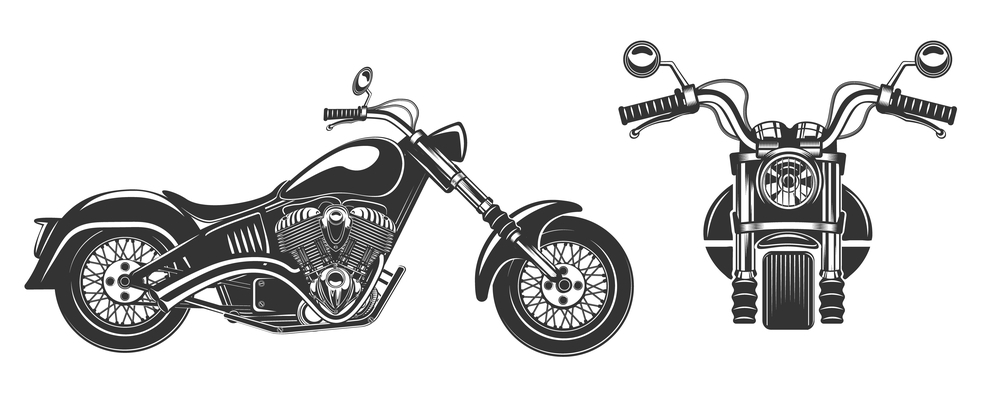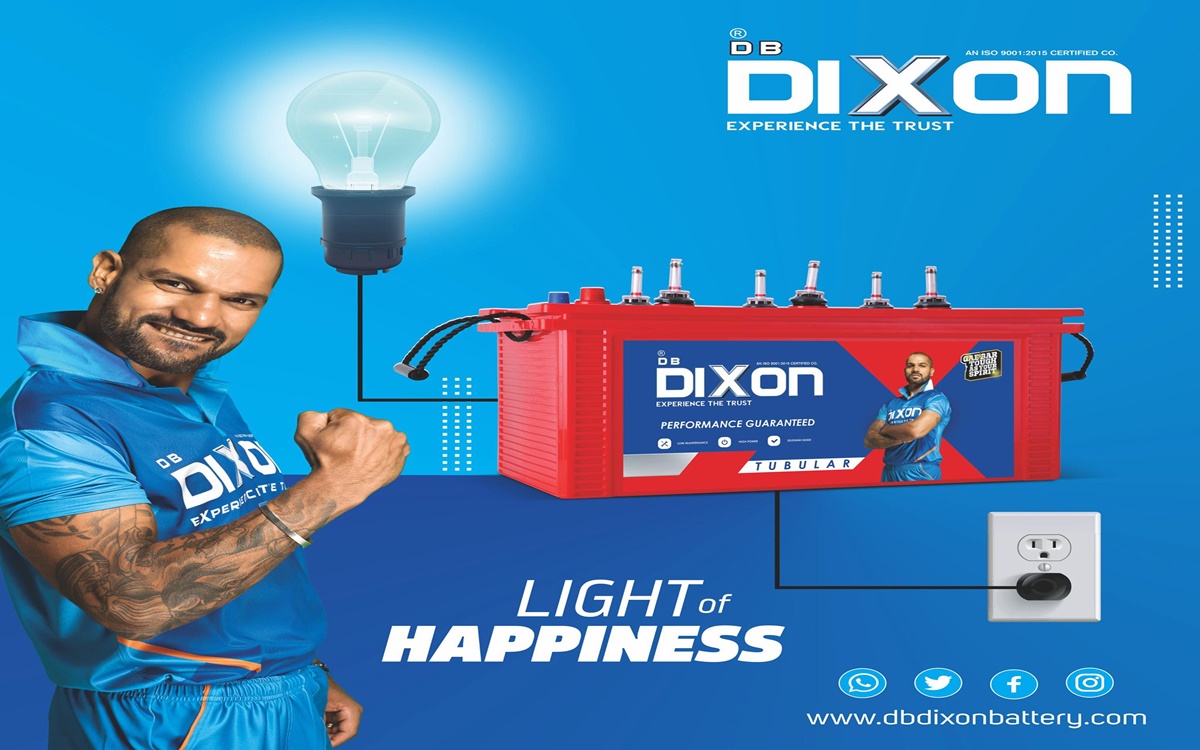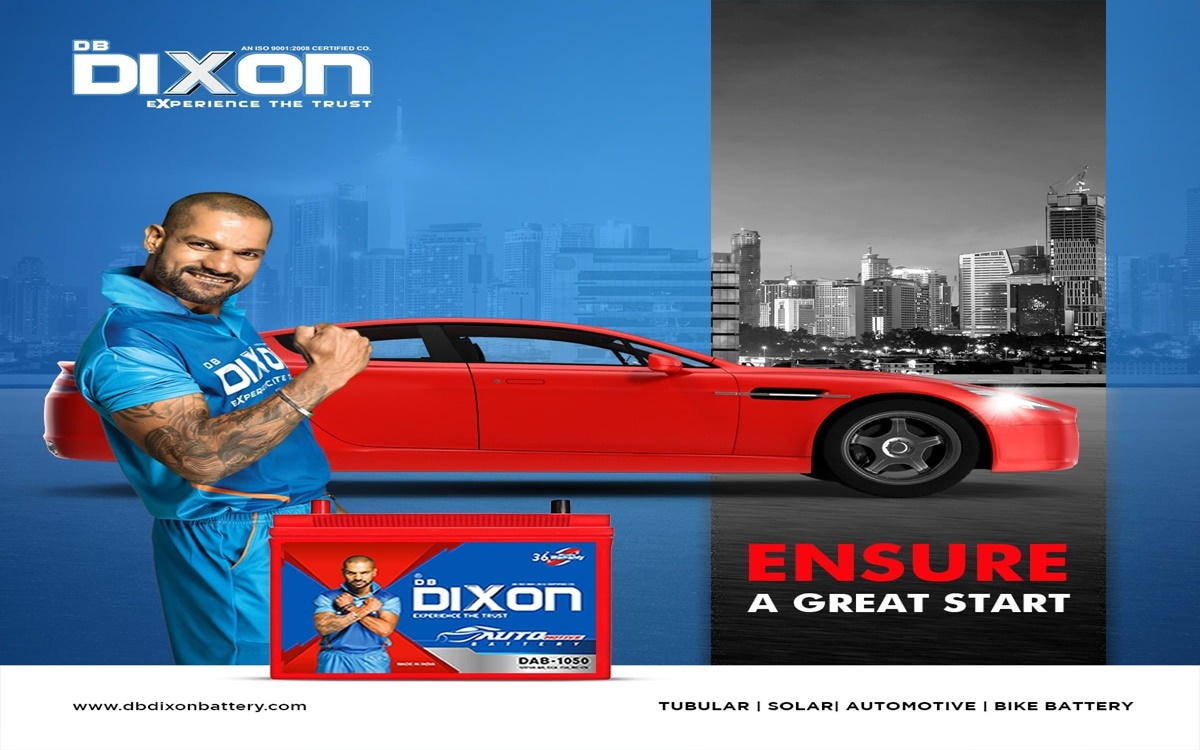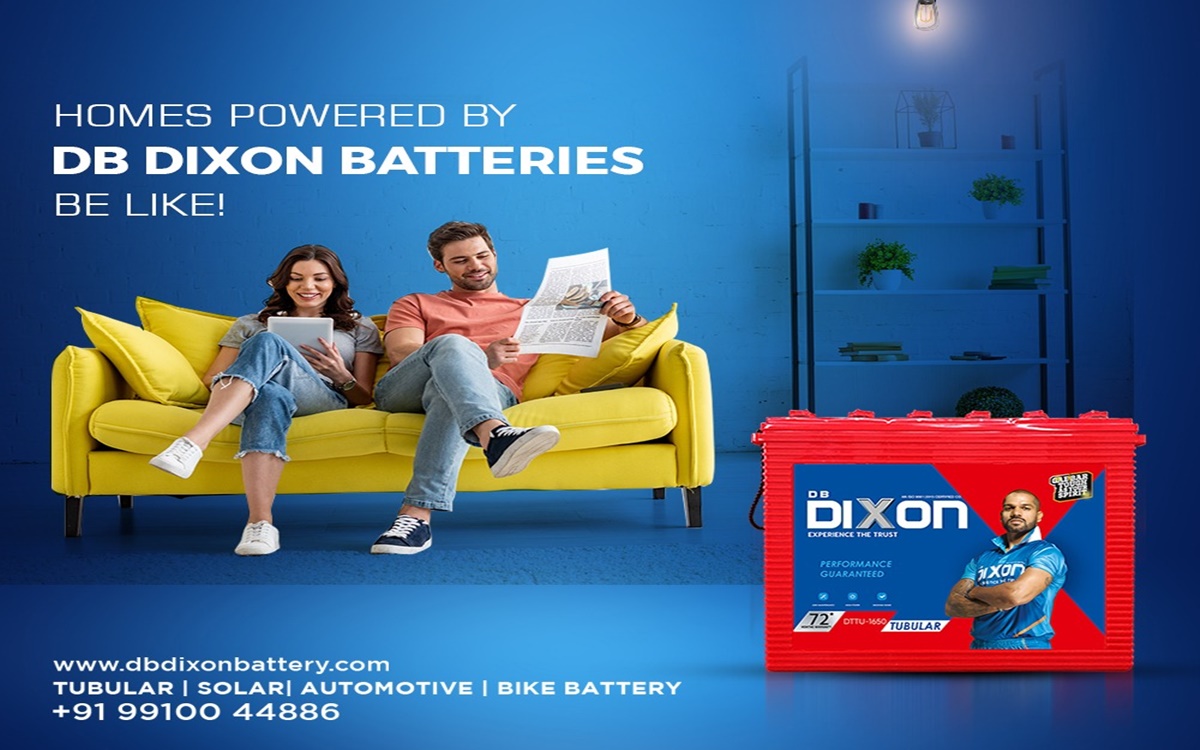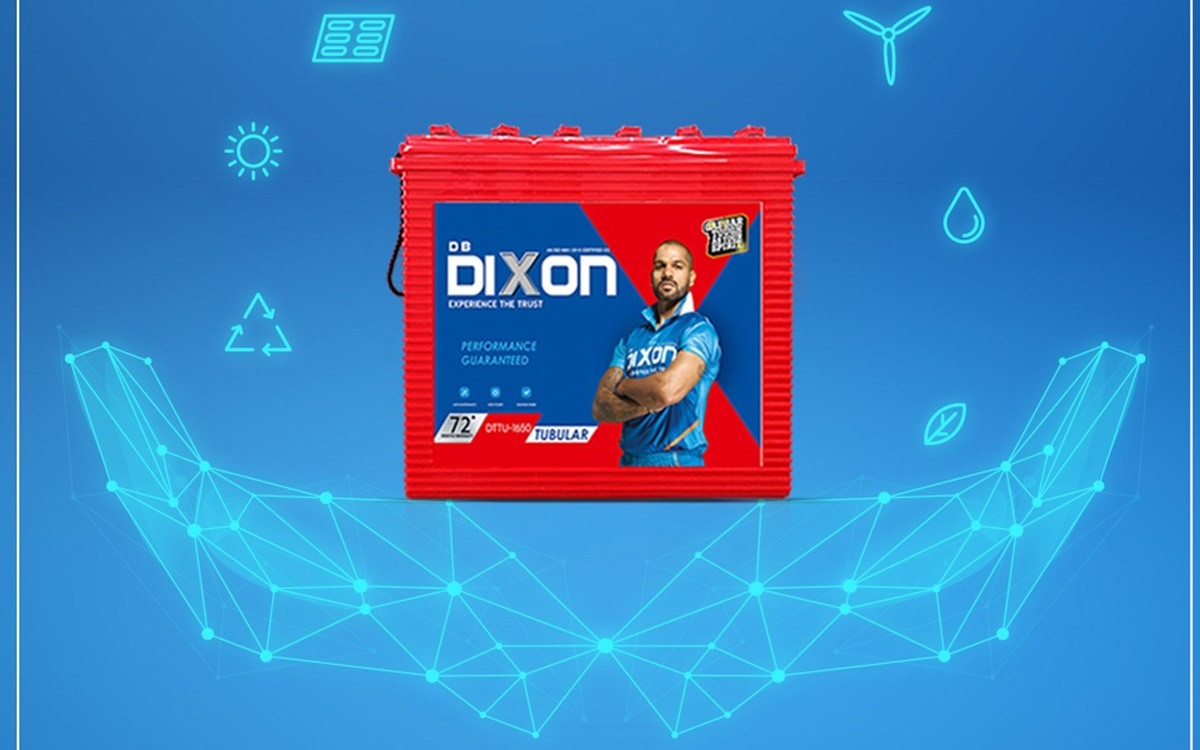As automotive technology continues to evolve, the heart of every vehicle—the car battery—plays a crucial role. This comprehensive guide, brought to you by DB Dixon, a leading automotive battery manufacturer in India, will delve into the types of car batteries, offer invaluable maintenance tips and highlight the importance of timely replacements. Lets dive deeper into some crucial aspects:
Understanding Car Battery Types
When it comes to car batteries, there are two main types of batteries available in the market: lead-acid batteries and lithium-ion batteries.
-Lead-Acid Batteries:
These are traditional and reliable batteries that have been used for decades. They feature lead plates submerged in an electrolyte solution, producing the necessary electrical power. They are cost-effective, widely available and suitable for most conventional vehicles. While this is an age old technology, still it remains at top when it comes to reliability and affordability.
There are also upgrades made from time to time to make it more reliable, one such upgrade is the introduction of Tubular Batteries, these are more reliable and provide better backup with less maintenance.
-Lithium-Ion Batteries:
As technology progresses, lithium-ion batteries are gaining prominence. They have higher energy density and are lighter in weight compared to lead-acid batteries. Lithium-ion batteries are commonly used in electric and hybrid vehicles due to their superior performance, faster charging capabilities but are too costly and are not truly maintenance free.
Essential Car Battery Maintenance:
When talking about car batteries, they require maintenance to work efficiently, follow these essential maintenance tips to maximize the lifespan & performance of your car battery:
1.Regular Inspections:
Routinely inspect your battery for signs of corrosion, loose connections or physical damage. Clean the battery terminals with a mixture of baking soda and water, ensuring a clean and secure connection.
2. Keeping it Clean:
Keep the battery and its surroundings clean and free from dirt, dirt and moisture. Regularly wipe the battery casing to prevent the accumulation of grime, which can lead to a shorter lifespan.
3. Driving Habits:
Short trips and infrequent use can lead to battery drain. Whenever possible, aim for regular longer drives to keep the battery charged and maintain its health.
4. Secure Battery Mounting:
Ensure that the battery is securely mounted in its tray or bracket. Vibrations and movement can damage the battery, so ensure that it doesn’t move because it can also lead to a reduction of its lifespan.
The Importance of Timely Replacement:
Knowing when to replace your car battery is vital to avoid unexpected breakdowns and ensure optimal vehicle performance. Here’s why timely battery replacement is crucial:
1. Reliability and Peace of Mind:
Ageing batteries are more likely to fail, leaving you stranded at the most inconvenient times. Regularly monitoring your battery’s health and replacing it when necessary ensures reliable vehicle operation and peace of mind.
2. Electrical System Performance:
As a battery ages, it may struggle to provide sufficient power to the vehicle’s electrical components. By replacing the battery at the right time, you can maintain the smooth operation of lights, electronics and other essential systems.
In conclusion, when it comes to car batteries, DB Dixon stands out as your trusted partner. As a leading automotive battery manufacturer in India, they offer a wide range of reliable and top-quality batteries. From understanding the different battery types to implementing essential maintenance practices and timely replacements, DB Dixon ensures that your vehicle stays powered and performs at its best. Choose DB Dixon for a reliable and efficient driving experience.
Follow Us:



